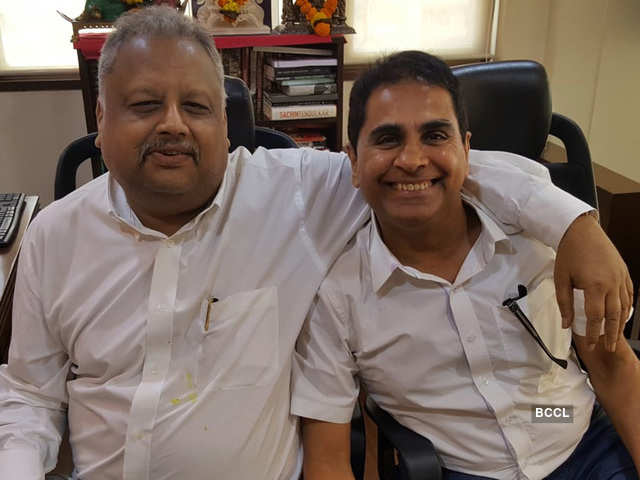
A single tweet by noted investor Vijay Kedia has set off a lively debate on social media, with investors and commentators weighing in on whether wealth should be measured purely by returns or by the intellectual engagement it generates.
On October 17, Kedia posted a reflective message on X (formerly Twitter):
“Wealth without creativity is just lifeless money.
Gold and silver have been rising for 5,000 years — nothing new in that. But where’s the creativity, the engagement, or the contribution after buying them?
Investing in stocks keeps you intellectually and emotionally alive — it connects you with innovation, enterprise, and the progress of the world.
Without an active, thinking life, what’s the point of money? You may leave wealth behind, but not wisdom or inspiration.”
The comment, framed more as a personal philosophy than financial advice, quickly drew contrasting responses from investors and market watchers.
Wealth without creativity is just lifeless money.
Gold and silver have been rising for 5,000 years — nothing new in that. But where’s the creativity, the engagement, or the contribution after buying them?
Investing in stocks keeps you intellectually and emotionally alive — it… pic.twitter.com/9q199vQybD
— Vijay Kedia (@VijayKedia1) October 17, 2025
Supporters Echo the Sentiment
Some users agreed with Kedia’s view, interpreting it as a reminder that investing can be more than a financial transaction.
User Sean (@tweeet005) responded:
“True wealth isn’t just what appreciates in value, it’s what elevates your thinking. Gold may preserve wealth, but equities preserve curiosity, creativity, and connection to the real economy. In the long run, the mind compounds faster than money ever can.”
This perspective resonated with those who see equity investing as a way to stay connected to business cycles, technological shifts, and broader economic trends.
Critics Question the Premise
Others were less convinced. Some argued that staying “intellectually active” is not a sufficient reason to prefer equities over other assets.
Investor Mayank Jhanji (@Mayank_Jhanji) wrote:
“So we should buy equity because we remain active because of ups and downs in the stocks. Vijay Kedia jee, please share some logical reasoning… I have better ways to be active, say playing a sport, going for jogging, yoga etc…”
Another account, Bulls of Dalal Street (@BullsDalal), suggested that emotional engagement might even be a disadvantage:
“He is essentially saying that gold doesn’t give him ‘kick in the pants’ feeling or doesn’t make him feel ‘high’ as much as trading in stocks does. You’re right. It doesn’t. But that’s the whole point. We don’t want emotional swings. We want consistency. Dull/boring > excitement.”
These reactions underscored a fundamental divide between investors who value market engagement and those who prioritize stability.
Return on Investment vs. Return on Thought
The discussion also turned toward practical investing considerations.
User Subh Nifty (@SubhNifty) emphasized the importance of returns over sentiment:
“True, I agree with you. But the main goal of an investor is to generate returns for the money invested. At present, if gold is giving opportunity, why not to invest in Gold?”
For many investors, gold remains a preferred asset class during times of uncertainty. Its historical reputation as a store of value continues to make it attractive, especially in emerging markets like India.
Socioeconomic Realities Enter the Conversation
The debate took a sharper turn when some users pointed out that Kedia’s remarks might overlook the socioeconomic context of many Indians.
Curious Philosopher (@CuriousPhilo) wrote:
“What a delightfully disconnected-from-reality tweet! In a country with crushing poverty, critiquing gold and silver for not increasing value ‘for the right reasons’ is tone deaf.”
Another user highlighted income disparities by asking:
“What percentage of Indians have an income of less than Rs 25,000 per month?”
For many households, gold represents not just an investment but a trusted and accessible means of preserving savings. Unlike equities, it does not require market knowledge, active monitoring, or access to financial infrastructure.
A Broader Conversation About Wealth
Kedia’s tweet ultimately triggered more than an asset-allocation debate. It opened up broader questions about:
-
How different asset classes connect investors to the economy
-
The role of intellectual engagement in wealth-building
-
The gap between philosophical investing and ground-level financial realities
While equities offer exposure to innovation and growth, gold continues to serve as a stable and culturally ingrained store of value.
Conclusion
The online exchange highlights a recurring theme in Indian investing: the tension between traditional wealth preservation and modern, market-linked wealth creation.
For some, equities represent a dynamic connection to economic progress. For others, gold remains a reliable, emotion-free anchor. Both perspectives reflect different stages of financial security, access, and philosophy.
Whether investors choose stocks or gold, Kedia’s tweet shows that conversations around wealth often go far beyond price charts and returns — touching on identity, aspiration, and worldview.
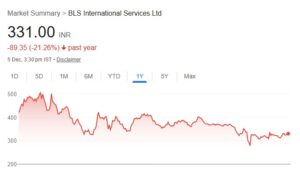
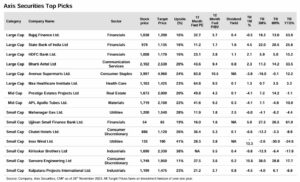
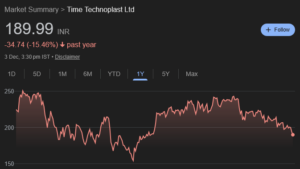
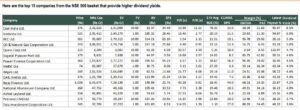
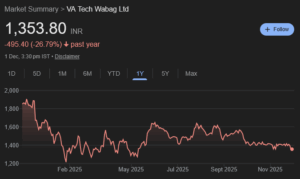
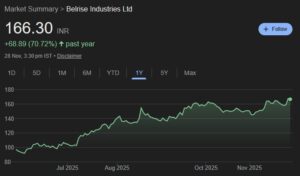
I think there is a merit in Vijay Kedia’s views that “Wealth without creativity is just lifeless money. Gold and silver have been rising for 5,000 years — nothing new in that. But where’s the creativity, the engagement, or the contribution after buying them?”
It has been observed that “Investing in stocks keeps you intellectually and emotionally alive — it connects you with innovation, enterprise, and the progress of the world” and even keeps you mentally agile and alert also .
Gold is fine as an alternative to cash perhaps or to fixed deposits but it still underperforms growth equities over the long haul.
Gokulram Arunasalam